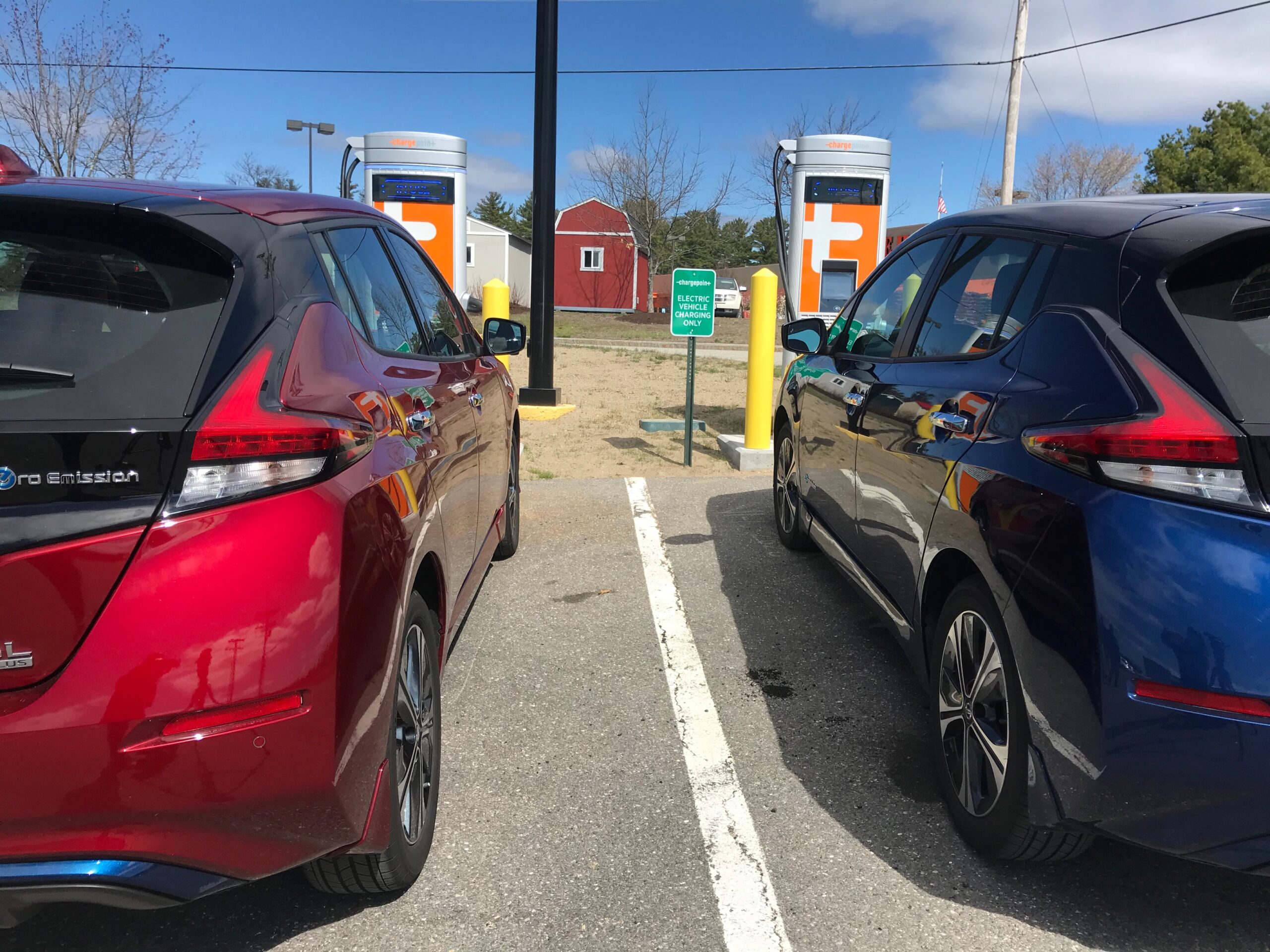RTPEV
Active Member
Agreed. Plus you can use the Trip Energy Consumption graph to show you how you are doing versus the original prediction so you know if you are on track to make it.25% is nothing to worry about. I would recommend 10% left. It will make you pucker the first few times, but once you trust it, the charging rate is faster, so less time at the supercharger.
Now if you are worried about having some extra charge at your arrival because you intend to drive around, or you don't have charging at your destination, then you should use a tool like abetterrouteplanner.com and it's waypoint ability to add additional legs (or round trip) to your route so you will arrive at your destination with the right amount of charge to make it to your first stop on the return trip.



